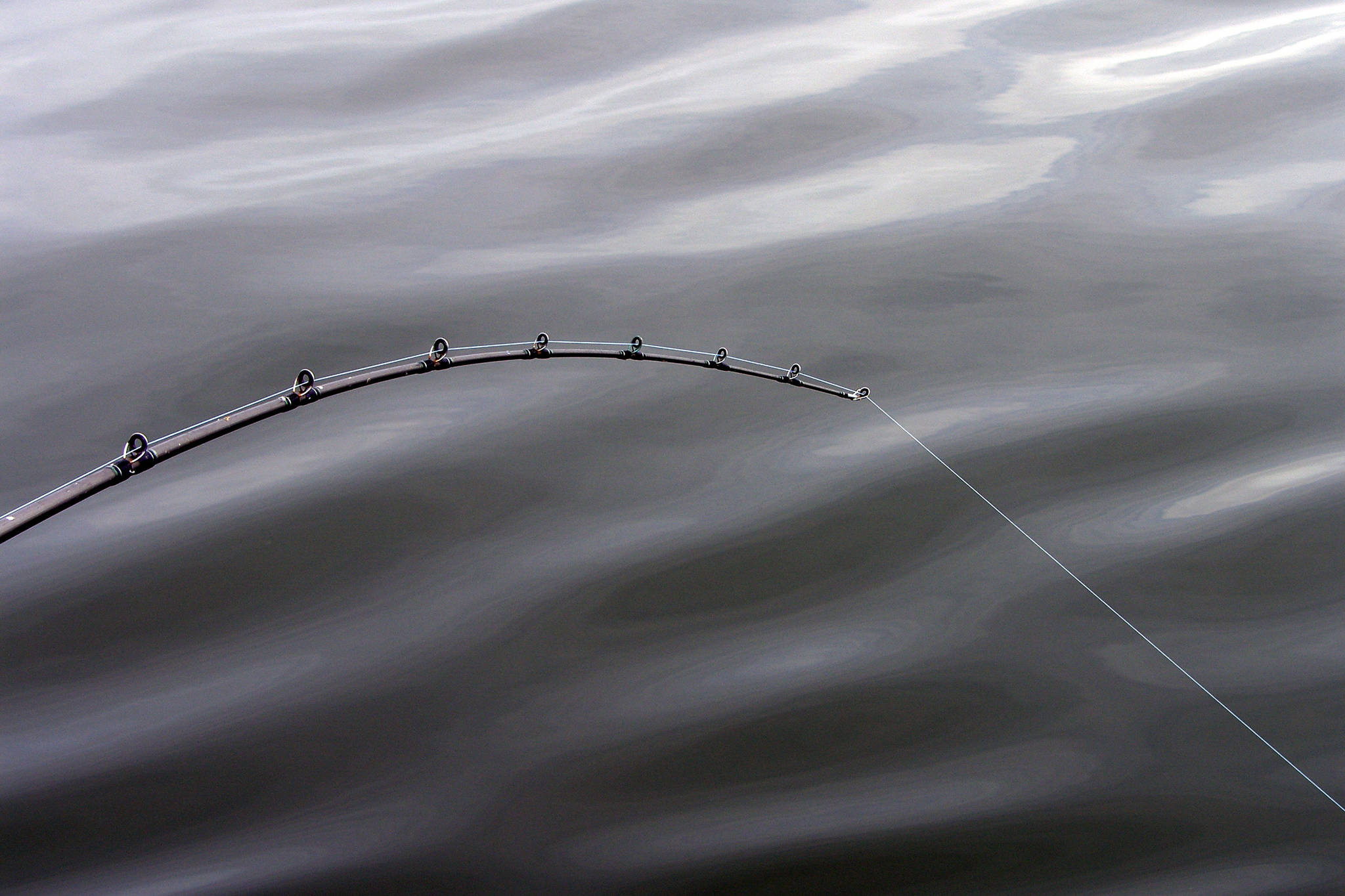When the Good Friday earthquake shook Alaska in 1964, the damage wasn’t confined to buildings and homes. In some coastal areas, the land and ocean floor were uplifted dramatically impacting the productivity of aquatic habitat for decades.
For the fishing towns of Cordova and Valdez, the fertile salmon spawning grounds of Prince William Sound all but dried up. But this wasn’t the end of the story.
The people of Cordova created the Prince William Sound Aquaculture Corp. (PWSAC). The nonprofit transformed an old cannery at the Port San Juan into a prolific wild salmon hatchery. As U.S. Senator Ted Stevens recalled in the late 1970s, “In desperation, the community of Cordova banded together to build a major fish hatchery, which was one of the greatest community projects I have ever witnessed in Alaska.”
Around the same time, the Alaska Legislature introduced the Fisheries Rehabilitation, Enhancement, and Development (FRED) Division within the Alaska Department of Fish and Game, and funding was provided to the department to construct hatchery facilities across the state and to staff them. Through the 1970s and 1980s, FRED and the Sport Fish Division collaborated on a number of projects statewide to improve opportunities for commercial and sport users.
Shortly after opening the hatchery in 1974, PWSAC recorded the largest salmon run of any hatchery in the world. The Alaska seafood industry was once again working to meet the demands of the global marketplace, as well as support the coastal economies of Prince William Sound.
In 1980, Valdez leaders in fisheries and business founded the Valdez Fisheries Development Association Inc. (VFDA), and built the Solomon Gulch Hatchery in Port Valdez in an effort to support the Valdez economy. The Solomon Gulch Hatchery would later become a consistent producer of early run pink salmon as well as Coho salmon, extending the common property fishery as well as significantly expanding sport fishing opportunities in Valdez. This also led to the development of the Annual Silver Salmon derby in Valdez, which has become an economic boon for the community.
Hatcheries are the solution Alaska’s founders intended for us to cultivate decades ago. When salmon runs collapsed, a group of individuals representing various user groups joined to find ways to not only save our wild salmon but help them flourish – all while remaining dedicated to the environment and the sustainability of Alaska’s fisheries.
Today, Alaska’s economy is thriving due to the foresight of many before us, and today many users depend on our fisheries enhancement programs. Hatcheries generate hundreds of millions of dollars in annual economic output, from commercial, sport and subsistence fishing revenue.
Currently, there are many research projects related to Alaska salmon. One major research project called the Wild Hatchery Interaction Study conducted by the ADF&G and industry studies the genetics, scope of straying hatchery-raised salmon, and the population fitness of interacting hatchery and wild salmon. This project was developed to better help understand our salmon ecosystem in a way not possible before. Results of this study will chart a new path for Alaska salmon, and the Alaska Hatchery program.
Innovation and determination are the lifeblood of Alaska, as was etched in history by hardy Alaskans like those survivors of the 1964 earthquake. Thanks to them — along with Ted Stevens and other visionary leaders in Alaska’s fisheries – the state’s hatcheries play a vital role in ensuring to future generations that they can enjoy and benefit from healthy salmon stocks.
To fulfill that promise, we must work together and rely on sound science. So grab your pole, grab your net, and help us carry on a tradition older than Alaska itself.
• Mike Wells was born and raised in Valdez and has served in various roles in commercial fisheries, oil spill response, and the Valdez Fisheries Development Association throughout his career. Casey Campbell was born and raised in Alaska, and has been involved in Alaska fisheries as a commercial and sport fisherman for over 25 years ranging from Southeast to Southcentral Alaska. Learn more about salmon hatcheries statewide at salmonhatcheriesforak.org. My Turns and Letters to the Editor represent the view of the author, not the view of the Juneau Empire.

